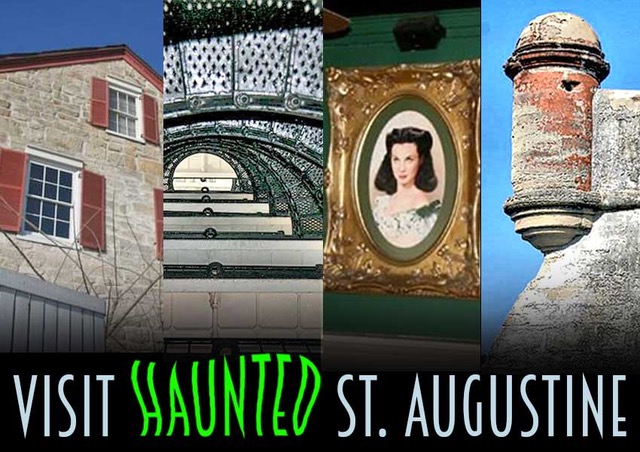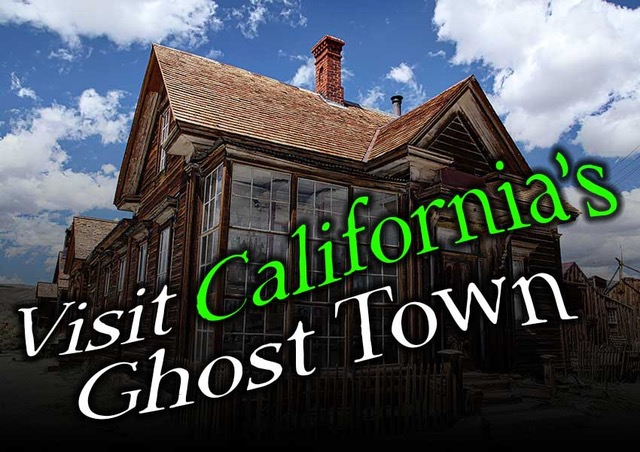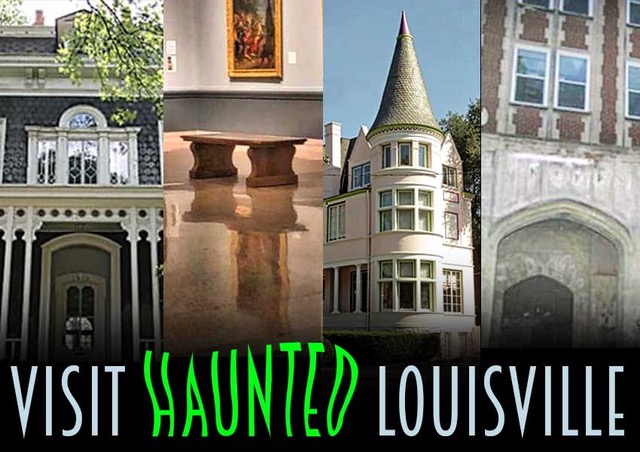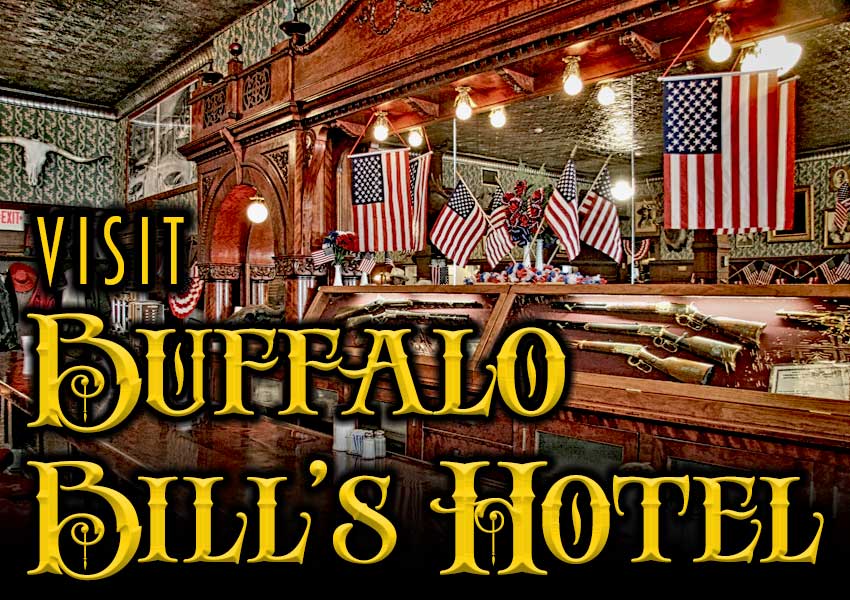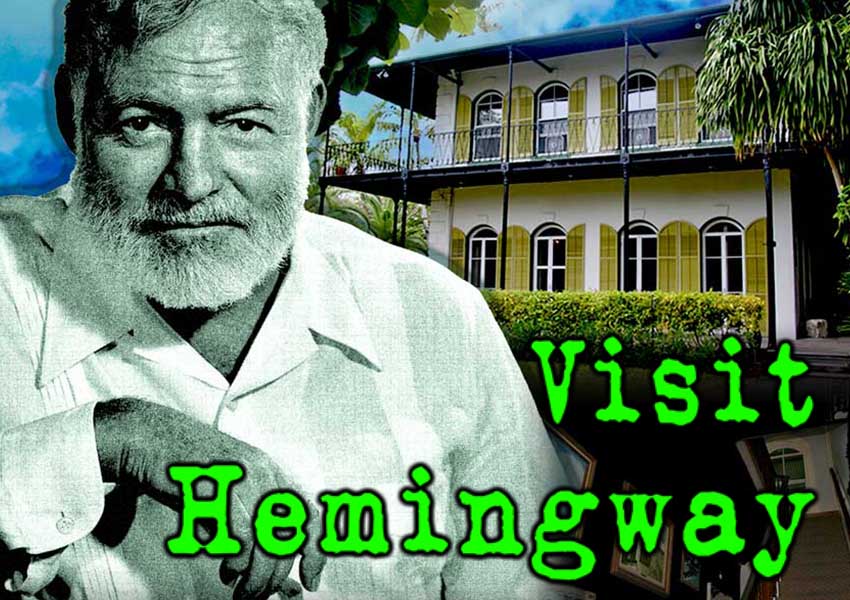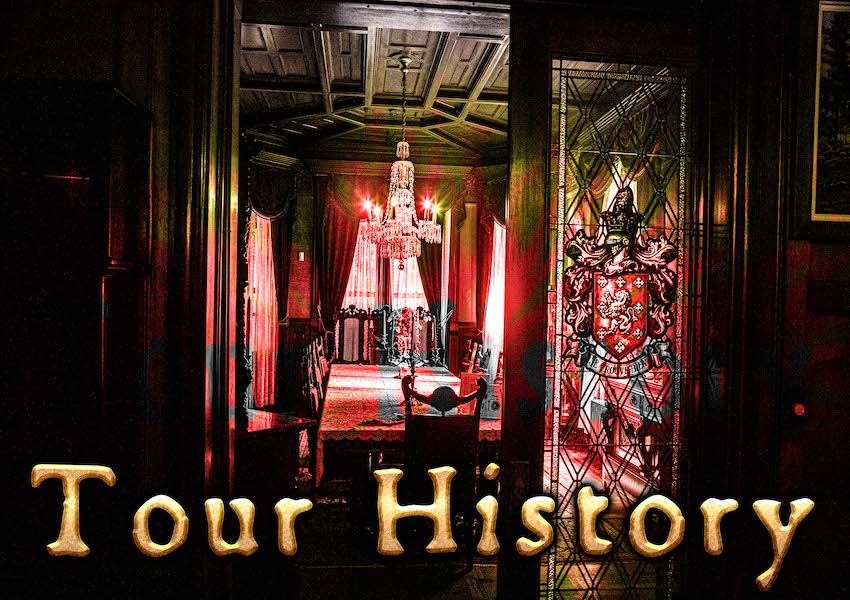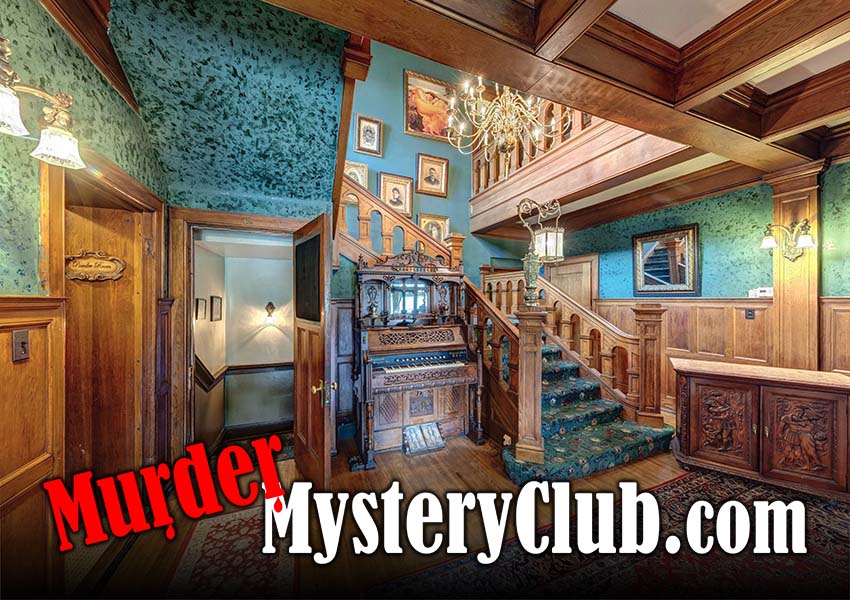Alexandria Virginia
William Ramsey House
This once woe-be-gone structure was
historically reconstructed, drawing back interested parties.
Spectral hospitality is practiced.
DESCRIPTION
This much loved icon of Alexandria, The William Ramsay House, is an early 18th Century, two story home with attic and basement, reconstructed home of town founder, William Ramsay; a dedicated public servant and successful businessman. It has the distinction of being the oldest house found in Alexandria. The people of Alexandria truly love this link to their Colonial heritage. It has long been a town icon, cherished and valued especially when threats were made to tear it down.
By modern standards, it is a small house, but not by Colonial standards. Because it’s property lot slopes down Kings Street, the basement is at street level, with its back wall parallel to N. Fairfax. It just has small windows along this wall. The basement has a door that is located on the far left corner of the short side of the house that sits on Kings Street; right next to the exposed back of the chimney.
Both of the house’s chimneys’ backside bricks are now showing on the short sides of the house, and can be seen once more instead of being inside the house. During one of the house’s past renovations, they were moved inside completely to make room for the addition that really changed the look of the original structure.
Structure-wise, this rectangular house was rebuilt mostly in the Williamsburg Colonial style, though the basic bones of the house remain true to the original house structure, that William Ramsay and family spent their lives in.
The first floor of The Ramsay House sits on top of the street-level basement. With the front of the house facing East, a front door entry way is found in the center of the first floor; Williamsburg-style. In Alexandria’s Colonial homes, built in the Alexandria architectural style, have a front door entryway located on either the left far side or right far side of the front of the house. This kind of entry way opens up to a side hallway.
 What wasn’t included in the restoration and rebuilding effort was the additions that radically changed this structure from its Colonial roots. Where the back of the house is now, they created new entrances to this structure opening onto N. Fairfax. They also added an addition of rooms making it a lot bigger.
What wasn’t included in the restoration and rebuilding effort was the additions that radically changed this structure from its Colonial roots. Where the back of the house is now, they created new entrances to this structure opening onto N. Fairfax. They also added an addition of rooms making it a lot bigger.
The Ramsay front entryway which now faces east. opens up to its porch, with steps leading down to a lovely, Colonial garden. There is a gate entrance to the garden located on Kings Street.
Inside, the front entry way door opens up to the first floor’s one large room with a small kitchen area. The simple staircase that leads to the second floor bedrooms is located on the right side of the first floor, near the small kitchen.
On the second floor, above the porch and front center door, there are windows in the rooms located there, with a great view of the river. According to the reports of architect Milton Griggs, he found where these windows once were, after tearing down the addition.
The first floor of The William Ramsay House is used for the Alexandria Visitor Center. The second floor rooms have an office and storage, and not open to the public. This a far cry from a house museum, but if you consider the torturous journey it was to get this house saved, The William Ramsay House is fortunate to be standing at all.
HISTORY
 William Ramsay was a Scottish Immigrant who became a mover and shaker in public service and was a good friend of George Washington. Ramsay was one of the founding trustees of Alexandria, and had a long career in public service as well as being a successful merchant. Ramsay served as the Lord Mayor of Alexandria, and also at various times helped out as a census taker, postmaster, a Colonel in the Militia and representative of the Safety Committee.
William Ramsay was a Scottish Immigrant who became a mover and shaker in public service and was a good friend of George Washington. Ramsay was one of the founding trustees of Alexandria, and had a long career in public service as well as being a successful merchant. Ramsay served as the Lord Mayor of Alexandria, and also at various times helped out as a census taker, postmaster, a Colonel in the Militia and representative of the Safety Committee.
He had family connections to George Washington, having married George’s cousin. When William died in 1785, George Washington came to his funeral. His son, Dennis, born in 1756, was a chip off his father’s block, and was a Captain with the Virginia Continental Army. He was also close friends with George Washington.
Dennis and his family moved into The William Ramsay House after his father’s death, and was also a loyal servant to public service. He also was Mayor of Alexandria. He died in 1810, just before the second war with the British; The War of 1812.
The Ramsay House’s original structure dated back to the early 18th Century; as early as 1724. Some believe that William Ramsay had the house moved from another location, by floating it up the river via the barge, which was a popular way to move buildings like houses.
Some think that the home came from Saint John’s Point, or a spot near the area called Dumfries. Others in the Ramsay family claimed that it was indeed built right there in Alexandria. There is no proof one way or the other. No records concerning this property survived from such an early time.
 The Ramsay family adored their home in Alexandria, but as the eras rolled on, the structure was used for a variety of public and commercial enterprises, obscuring the simpler house that was considered perfect in its time. The structure of the house was changed and enlarged to fit the purposes of the owners. It was a cigar factory, various antique shops, apartments and a tea room.
The Ramsay family adored their home in Alexandria, but as the eras rolled on, the structure was used for a variety of public and commercial enterprises, obscuring the simpler house that was considered perfect in its time. The structure of the house was changed and enlarged to fit the purposes of the owners. It was a cigar factory, various antique shops, apartments and a tea room.
By 1930, Ramsay had two entrances on the N Fairfax Ave., one with a staircase that led to the second floor and an addition of more rooms, widening the building. It also had a store display case in the front, with the second door right beside the display case.
Looking a little long in the tooth, it was a huge, fixer-upper opportunity.
During the 1930s, the neighborhood that could be found along the lower part of King St. began sliding into dishevelment; becoming a place for those marginalized in society to stay. Some historic-preservation people, led by Rebecca Ramsay Reese, great great great granddaughter of William Ramsay, wanted to buy this fixer-upper historic icon and restore it but couldn’t get the money together to buy it from its owners.
When WW2 broke out, the woe-be-gone fixer-upper Ramsay House, became a brothel to service the sexual needs of workers in the Navy’s Torpedo Factory, that was located less than a block away from this house of ill repute. The Ramsay family must of been spinning in their graves, not to mention the outrage felt by family descendants who still lived in Alexandria. Oh my!
What stopped this illicit activity was a great fire that swept through the whole building, making it inhabitable, being partially open to the elements. It was boarded up but not condemned by the Fire Chief because he knew the love of some in the Alexandria community for this historic landmark.
What got a serious restoration effort up and rolling with some steam happened in 1944. The new owner of the Ramsay House Property announced that he planned to tear it down and build an office building. He would however, be willing to give the house to anyone willing to move it, if it was possible in its dilapidated condition.
Because of the vehement uproar in opposition, the city of Alexandria succumbed to the immense pressure, and bought the Ramsay House property with the understanding that a private organization or organizations would find the money to restore The Ramsay House.
 To restore/rebuild The William Ramsay House, it would take a boatload of money: 20,000 dollars. An enthusiastic group, The Ramsay House Restoration Association began fundraising efforts, but raised only a little of the money that was needed. They incorporated and started the Alexandria Historical Society. When these two groups were having trouble raising the funds, The Alexandria City Council formed their own committee to oversee both groups. Yikes, trouble lay ahead.
To restore/rebuild The William Ramsay House, it would take a boatload of money: 20,000 dollars. An enthusiastic group, The Ramsay House Restoration Association began fundraising efforts, but raised only a little of the money that was needed. They incorporated and started the Alexandria Historical Society. When these two groups were having trouble raising the funds, The Alexandria City Council formed their own committee to oversee both groups. Yikes, trouble lay ahead.
Despite many fundraisers, both groups kept coming up short, and missing the deadlines set by the Alexandria City Council. There was a lot of finger pointing, squabbling and red tape that didn’t help things move along. Yikes, what a mess.
The Alexandria Council finally issued an ultimatum that The William Ramsay House, now more of a ruin, would be destined for destruction unless the private groups came up with the money.
After a tussle, The Historical Society of Alexandria was given the clout to raise the money. After many battles and clashes between committees, work began on January of 1951, under architect Milton Griggs, who had experience rebuilding the Colonial homes in Williamsburg. A new foundation was laid by volunteer maisons. In fact, the money that they managed to raise was used to buy materials only to rebuild the outside of the house, using an all volunteer force of construction workers. From the outside, The William Ramsay House was beautiful and inspired others in the lower King Street community to improve their buildings.
Milton Briggs the architect of this project, organized the volunteers and watched over the progress of the rebuilding of the outside of the house.
Despite borrowing heavily from his Williamsburg rebuilding experiences, and not being true to the building style found in Colonial Alexandria, he did a splendid job figuring out how and where the original house stood, what part of the house was the addition, and where the doors and windows were originally placed. He added a lovely Colonial garden where the addition originally was located.
A contest was proposed to get the house painted white by volunteers, which worked. Yeah! People celebrated that the restoration of The William Ramsay House was finished on the outside, However, there was no money left to renovate the inside. It took three more years for the City Council of Alexandria to finally give the remaining money needed to renovate the inside.
The people of Alexandria were relieved in 1956 when their historical landmark home was completely rebuilt; not caring if it had qualities of a Colonial house in Williamsburg, along with its original structural frame of a Colonial house, much to the dismay of the Alexandria Historical Society. If you read the Alexandria Historical Society source listed below in the Sources Include section, the old rancor between the different groups trying to save the Ramsay House was still there in their report.
Apparently, entities who loved their original home also don’t care about the Williamsburg influences, and are glad to be able to visit their beloved home once again.
HISTORY OF MANIFESTATIONS
When a woe-be-gone structure is renovated, restored or reconstructed to what it basically looked like, sometimes the spirits who loved the original structure will be drawn back for a stay or visit, or even decide to spend their after-life there.
At least one family member of the Ramsay clan has visited or stayed. Spirit people who visit or stay in a favorite dwelling, like to be helpful to the living who use the same building; ranging from acts of hospitality to actually saving a living person’s life.
Some helpful entity likes to show hospitality to the people who run the Alexandria Visitor Center.
Sometimes entities enjoy doing what made them happy while they were alive.
Entity or Entities still do what they liked to do while living here.
MANIFESTATIONS
Male Entity of William or Dennis Ramsay
His apparition with enough details to identify him as a Colonial gentleman has been seen enjoying himself by looking out one of the reinstalled windows upstairs at the view of the nearby river.
The Ramsay family really enjoyed the view from the upstairs windows.
Entity of a Helper Spirit/ Dennis Ramsay/William Ramsay and/or their wives
These spirits seem to appreciate the volunteers who staff the Visitor Center and do kind, thoughtful things for the staff.
One night before closing, a staff member put the coffee water and coffee into the coffee maker, so the first staff member in the morning would only have to push a button to start it.
Imagine the surprise of the first staff member to arrive and finding that someone had beat her to it, and pushed the button with his or her ghostly hand.
STILL HAUNTED?
Most Probably so! Gentle acts of hospitality and kindness that have taken place in The William Ramsay House have been experienced by volunteers throughout the years. At least one Colonial gentleman still enjoys the view and home that holds still so many wonderful memories and a view of the river.
After the rebuilding of The William Ramsay House was finished, and opened as the home for The Alexandria Visitor Center in 1973, the living began to notice these gentile entities as they kindly treated volunteers as their company.
No hard evidence has been caught by paranormal investigators that has been made public. Probably, none are allowed into The William Ramsay House for an investigation because everyone knows who it probably is, and they don’t want investigations to rock the boat and disturb the peace. Plus, they want people to visit and get information about Alexandria, and don’t want ghost hunters to come and detract from the historic value of this structure that took so long and much difficulty to renovate and rebuild.
LOCATION
221 Kings Street,
Alexandria, VA 22314
The Ramsay House can be found on the corner of King Street and N. Fairfax in the historic downtown area of Alexandria, Virginia that was founded during the Colonial Era.

SOURCES INCLUDE
- HAUNTED PLACES: The National Directory
By Dennis William Hauck
Penguin Books – 2002 - The Ghosts of Virginia: Volume 1
by L. B. Taylor, Jr.
Fifth printing of 1993 edition
Progress Printing Co. Inc. - www.visitalexandriava.com
- The Saga of Saving and Reconstructing Ramsay House
alexandriahistoricalsociety - www.localkicks.com
Our Haunted Paranormal Stories are Written by Julie Carr
Our Photos are copyrighted by Tom Carr
Visit the memorable… Milwaukee Haunted Hotel


